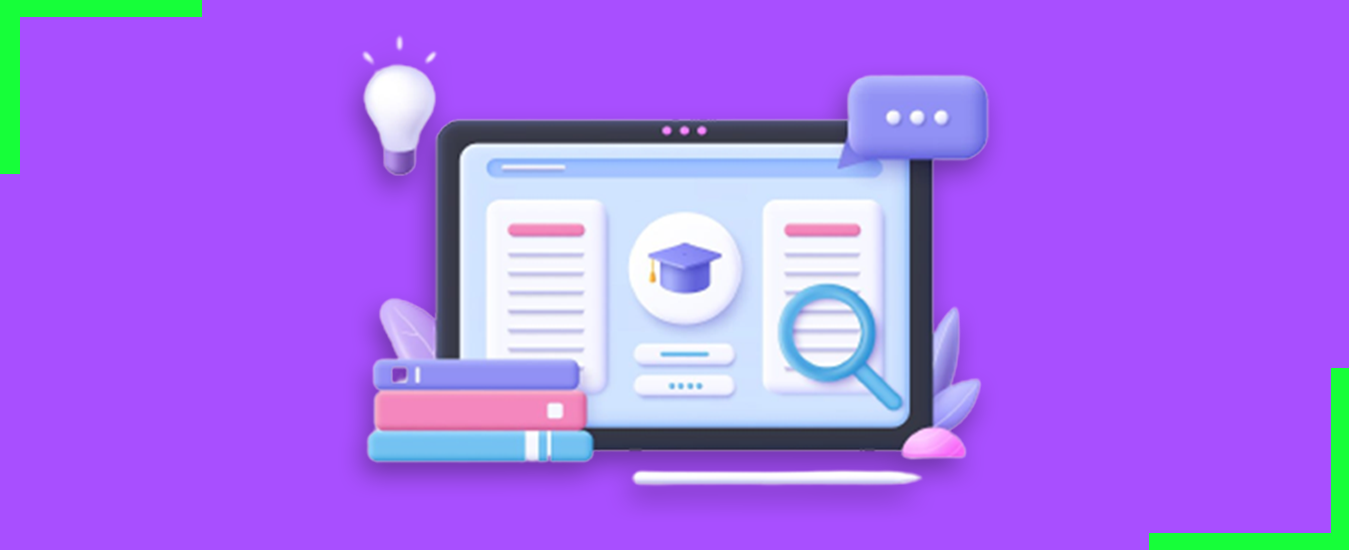Edtech UX design allows easier usage of technology platforms & applications for every stakeholder in the education industry.
Education technology has gained momentum during the last couple of years due to the pandemic that altered how humans connect. It also resulted in schools pausing due to the need for more technological infrastructure. However, with the advent of edtech software and apps, schools & universities could resume their courses.
These educational apps can vary in their purpose and features. Depending on the processes it helps, there are many different types of educational technology. These include school management ERP, online learning applications, school fees management software, online examination app, and more.
Edtech software has been constantly improving after that. One of the biggest challenges that remain prevalent is the user experience these apps offer the students, teachers, and other `Since young students will use the apps or software, an intuitive user experience is necessary for education-related software and app design.
What is the UI/UX of Edtech Applications?
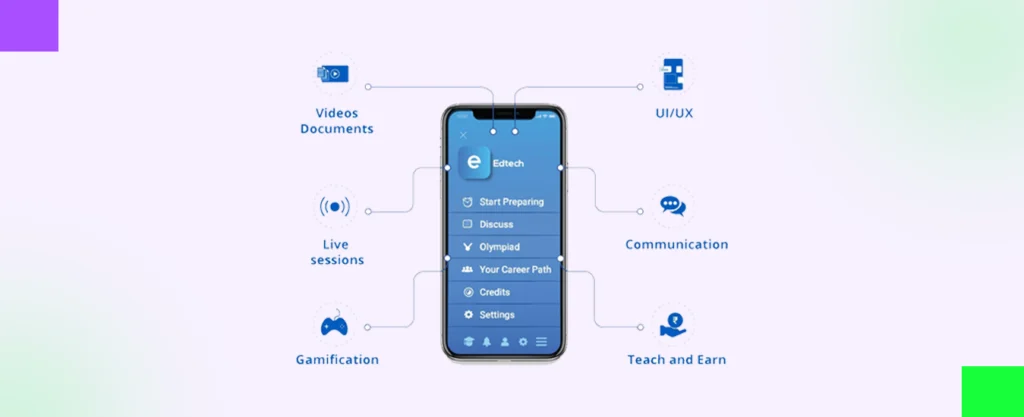
In today’s digital age, the fusion of education and technology has revolutionized how we learn and teach. At the forefront of this transformation is Edtech, a rapidly expanding field that includes various educational technology platforms. Central to the success of these platforms is the crucial role played by the UI (user interface) and UX (User Experience) design.
Edtech UX design focuses on creating seamless and intuitive user experiences for students, educators, and administrators. By incorporating user-centric design principles, such as intuitive interfaces, personalized learning paths, and engaging interactive elements, Edtech platforms can enhance the overall educational experience.
The education UI & UX design elements can differ in the sense that the user interface focuses more on how the edtech platform looks to the users. UI elements would include but are not limited to, colors, font style, icons, animation, and similar other visual elements. Whereas, the user experience focuses on how users feel while interacting with the edtech platform. This includes how easily users can find the features that they want or how speedily they can complete their tasks using the platform.
UX design elements in an edtech platform would include designing the navigation, sitemap, wireframes, task flows, user journeys, and more.
Why is Edtech UX Design Important?
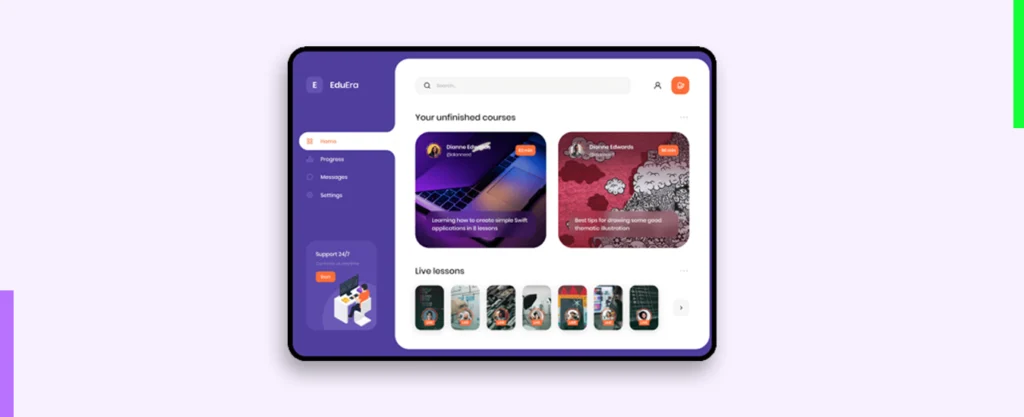
The impact of well-executed Edtech UX design extends beyond aesthetics. It positively influences user engagement, knowledge retention, and academic performance.
Intuitive navigation and clear information architecture allow users to access resources and tools, promoting efficient learning. Personalization features enable adaptive learning experiences tailored to individual needs, fostering engagement and motivation. Collaborative features facilitate interaction and knowledge sharing among users, fostering a sense of community and enhancing the overall learning environment.
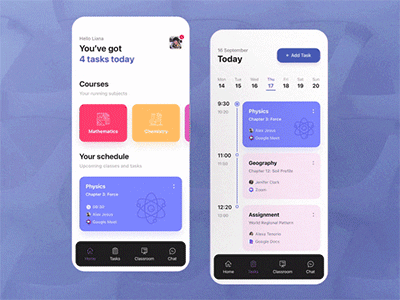
Let’s discuss these benefits in more detail.
Edtech UX Design Increases User Engagement
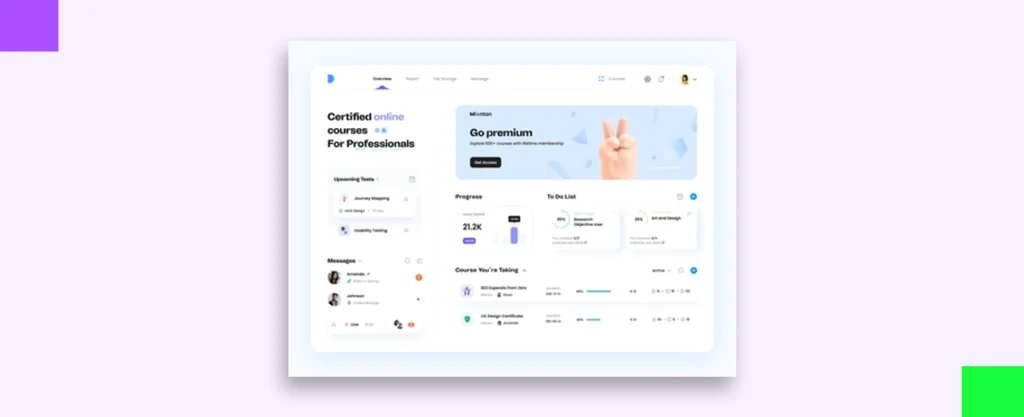
Effective UX design in Edtech promotes user engagement by providing interactive and immersive experiences. It incorporates elements such as gamification, multimedia content, and personalized learning paths, which keep learners motivated and invested in their educational journey.
Here’s how different online learning app UI & UX elements help students:
Gamification
As UX designer Vineet Raj Kapoor says, “Gamification is at the core of revolutions.” Gamification in edtech can transform the platform’s user experience for its users (especially students!).
Edtech UX design leverages gamification techniques like point badges, leaderboards, and rewards to make learning more enjoyable and interactive. It motivates the students by adding an element of competition, achievement, and progress tracking to continue their learning journey.
Edtech UX design enhances Personalization
Education UX design adds an element of personalization to the platform allowing students and other users to receive learning recommendations and other experiences based on their interests, activities, and preferences. It can be highly useful for students to learn at their own pace with customizable settings, and learning paths relevant to their progress.
Multimedia Content
With the use of explanatory images and videos, edtech UX design can make learning more interactive and fun for students. An article on e-learning platforms suggests that visuals contribute to 90% of the information transmitted to the brain. It also allows students to retain the knowledge they gain from videos for longer.
With improved UX design, the software is easier to use for teachers, parents, administrators, and other education system stakeholders. This allows higher software engagement for the students and everyone else who uses the software.
Edtech UX Design Improves Learning Outcomes for Students
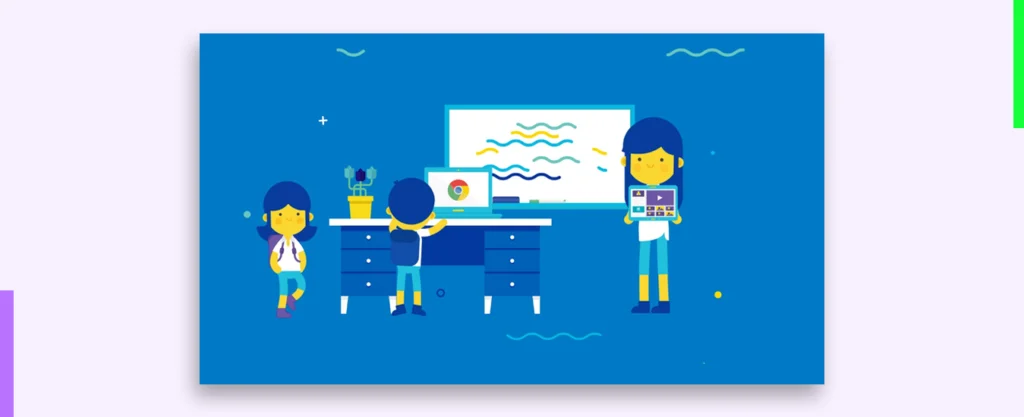
Well-designed Edtech platforms facilitate effective learning by providing clear organization of content, easy access to resources, and personalized learning experiences. It leads to improved knowledge retention, better understanding of concepts, and enhanced academic performance.
As mentioned in the earlier section, UX design elements help students retain information faster and for a longer time. Hence, it also improves their knowledge retention resulting in better grades and other learning outcomes.
Edtech UX design Simplifies Application for Users
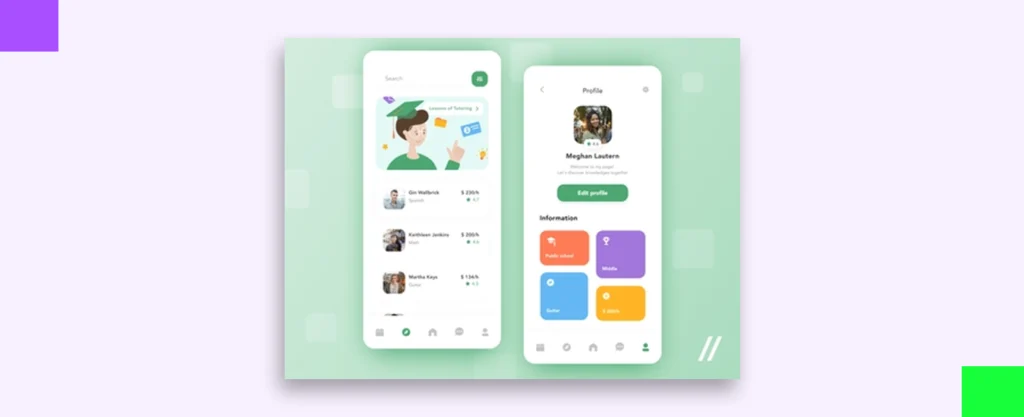
Enhanced user experience design for education technology platforms can improve the user journey by creating user-centered task flows ensuring easy-to-use applications for students and other users of the edtech platform.
With edtech apps being easier to use, user productivity increases allowing students, teachers, and administrators to complete their tasks faster and more efficiently.
Offers Intuitive Workflows
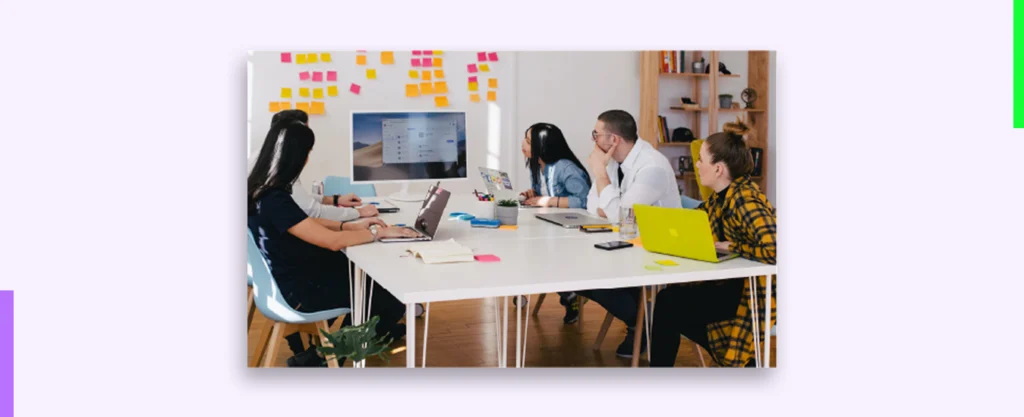
User research is one of the contributing factors for better UX design for an edtech software application. With better user research, UX designers can create intuitive workflows for every user. UX research helps designers gain insight into user behaviors and how they interact with the edtech platform.
With the data acquired from UX research, designers can create workflows that conform to user journeys and offer a better experience to all the stakeholders of the edtech software application.
Optimizes Information Structure
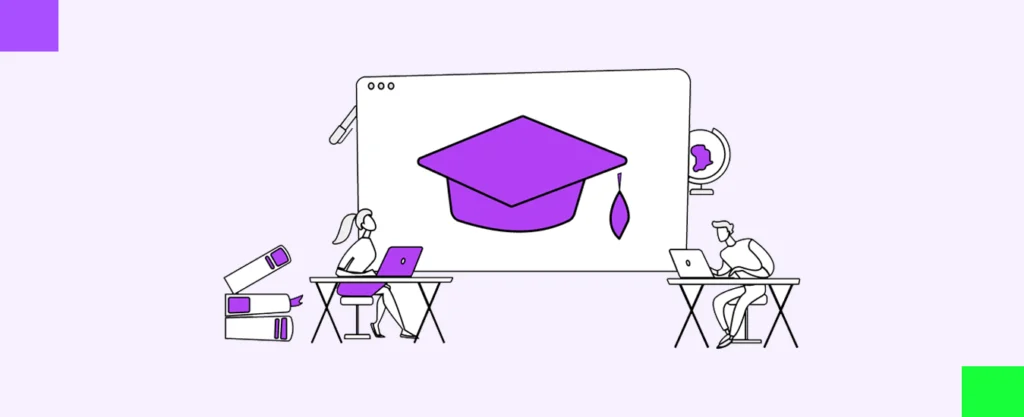
Information structure refers to how the data is organized within the software. Improving the edtech UX design also enhances the information structure across the platform. It ensures easy search and recognition of the data as and when required.
Optimizing the information structure also means that the software navigation will be seamless and more personalized for its users, enabling them to find the necessary data while hiding the ones not needed to complete the task.
Streamlines Progress Tracking
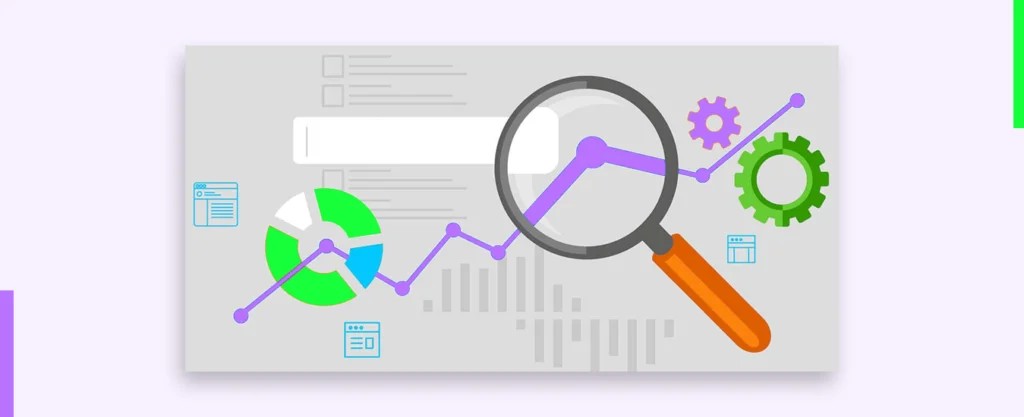
A student or parent dashboard of any edtech software application shows the most crucial information about the student and their curriculum. It includes student progress and results from various activities they perform using the application.
With enhanced user experience design for the dashboard using visual charts and graphs, users can easily track their progress and understand where they need to improve. It also works as a motivation for the students wanting to improve their grades.
Tailors User Experience to Fit Different Personas

An edtech software application can be used by students, teachers, parents, administrators, and other stakeholders of the education system. A well-designed user experience of an edtech platform ensures that every stakeholder is able to finish their task in a timely manner using the software.
UX designers create user journey maps to ensure that users find the important features to complete their tasks faster. To do so, they tailor the software design to match the expectations of different users. For example, in a single application, information on a dashboard for students will be different from the information displayed for teachers. This is because every user has a different set of priorities when working with the same application.
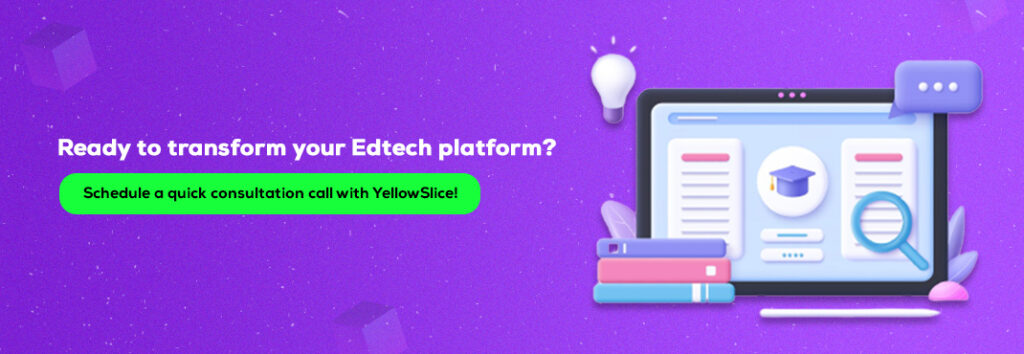
FAQs about Edtech UX Design
What is UX design in education?
UX design refers to the user experience design for education technology platforms such as online learning apps, school ERP software, smartboards, and more. It ensures that the platform is easier to use for each of its users, whether it is a student, teacher, parent, or any other stakeholder.
What is the difference between edutech and edtech?
Education technology is often abbreviated as edtech or edutech. Both abbreviations can be used interchangeably to refer to any technology related to or aiding the field of education.
What are some edtech design trends?
Edtech UI/UX design is evolving rapidly with the increase of distance learning courses. Some of the design trends in the edtech industry are as follows:
- Personalized adaptive learning
- Gamification and reward system
- AI-driven insights
- Use of augmented reality and virtual reality (AR & VR)
- Real-time collaboration
- Data visualization with graphs, charts, animations, and pixels.
Why is edtech UX design necessary?
Edtech UX design ensures easier understanding of the application, faster task completion, a smaller learning curve, and increased productivity with higher efficiency for its users. Edtech without intuitive UX design can be hard to understand and implement in its users’ daily lives.
What is Edtech UX design and why is it important?
Edtech UX design refers to designing user experiences for educational technology products. It’s important because it ensures that educational tools are user friendly, engaging and effective they also enhance the learning experience for students and educators.
How can Edtech UX design be optimized for student engagement?
Edtech UX design can be optimized for student engagement by incorporating gamification elements, personalization features, intuitive interfaces and social interaction opportunities to make learning interactive and enjoyable at the same time.
How can Edtech UX address the needs of educators?
Edtech UX can address the needs of educators by simplifying administrative tasks providing intuitive content creation & assessment tools, offering data analytics for tracking student progress, facilitating communication and collaboration between educators & students.
What role does accessibility play in Edtech UX design?
Accessibility in Edtech UX design ensures that all learners including those with disabilities can access and use educational technology. It involves adhering to accessibility standards providing alternative formats for content and designing with inclusive features like adjustable font sizes & keyboard navigation.
How can data privacy and security be addressed in Edtech UX?
Data privacy & security in Edtech UX can be addressed by implementing encryption and secure authentication mechanisms obtaining informed consent, transparently communicating data collection & usage policies, anonymizing and aggregating data to protect individual privacy.
Conclusion
User experience contributes to a larger part of user satisfaction with digital products. With the increased popularity of edtech software apps, a better user experience design can give your application an advantage over competitors.
UX design in edtech offers you many benefits, including,
- Increase in user engagement
- Improved learning outcomes for students
- Simplified application for users
- Intuitive workflows
- Optimized information structure
- Streamlined progress tracking
- Tailored user experience to fit different personas
Improved UI/UX design empowers users to avail the full potential of the education software.
How Can Yellow Slice Help 🚀
Yellow Slice has a distinguished history of working with edtech platforms like Paytm Paathshala and the iKen Learning App. Being the ui ux agency we understand user motivations and expectations while using such education technology applications. And this experience enables us to create the most efficient edtech UI & UX designs.
To know more about how we can help you design an edtech app your users will love, click the button below to schedule a quick consultation call.
